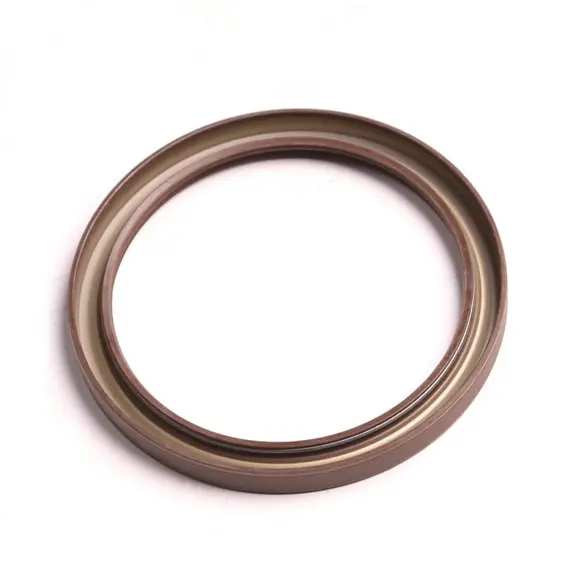10 月 . 21, 2024 15:55 Back to list
Understanding Cylinder Gaskets and Their Importance in Engine Sealing Solutions
Understanding Cylinder Gaskets Function, Importance, and Maintenance
A cylinder gasket is a crucial component in the internal combustion engine, serving as a seal between the engine block and the cylinder head. Its primary function is to prevent the leakage of fluids, such as oil and coolant, while also maintaining the pressure necessary for the engine to operate efficiently. Given its importance, understanding the role, materials, and maintenance of cylinder gaskets is essential for both automotive enthusiasts and professionals.
Function of Cylinder Gaskets
The cylinder gasket plays a pivotal role in the overall performance and longevity of an engine. It ensures that the combustion chamber is sealed, preventing any leaks of combustion gases under high pressure. When the engine is running, it generates heat and pressure, and the gasket must withstand these conditions without failing. Moreover, the gasket also separates the oil and coolant passages from the combustion chamber, preventing cross-contamination of these fluids, which can lead to engine damage.
Materials Used for Cylinder Gaskets
Cylinder gaskets are made from a variety of materials, depending on the engine design and the requirements for heat resistance, flexibility, and durability. Common materials include
1. Metallic Gaskets Often composed of aluminum or steel, these gaskets provide excellent sealing capabilities and can withstand high temperatures and pressures. They are commonly used in high-performance and racing engines.
2. Composite Gaskets These gaskets are made of multiple layers of materials, including rubber, paper, or other composites. They offer good sealing properties and are often used in standard passenger vehicles due to their cost-effectiveness.
3. Silicone Gaskets Silicone is known for its flexibility and resilience to extreme temperatures. Silicone gaskets are commonly used in applications where a high tolerance to thermal expansion is required.
4. MLS (Multi-Layer Steel) Gaskets These gaskets consist of two or more layers of steel, providing superior sealing and durability. They are commonly used in modern engines, especially those with high compression ratios.
cylinder gasket

Importance of Proper Installation
The installation of a cylinder gasket is a critical process that requires precision and care. Any misalignment or improper torque can lead to leaks, allowing coolant or oil to escape and potentially causing catastrophic engine failure. Mechanics often follow a specific torque sequence and specification provided by the vehicle manufacturer to ensure an even distribution of pressure across the gasket.
Signs of a Failing Cylinder Gasket
Over time, even the best quality gaskets can wear out and fail. Common signs of a failing cylinder gasket include
- Overheating A blown gasket can lead to coolant leakage, causing the engine to overheat. - White Smoke If coolant enters the combustion chamber, it can create white smoke from the exhaust. - Oil and Coolant Mixing A failure can allow coolant and oil to mix, leading to a milky substance visible on the dipstick or oil fill cap. - Loss of Power Engine performance may deteriorate, resulting in a noticeable decrease in power.
Maintenance and Replacement
While cylinder gaskets are generally durable, regular maintenance is essential to prolong their lifespan. Keeping the engine well-cool and regularly changing the oil can help prevent overheating and reduce stress on the gasket. If any signs of failure are present, it is advisable to have the gasket inspected and replaced promptly to avoid further engine damage.
Conclusion
Cylinder gaskets are a vital component of an engine's functionality, playing a crucial role in maintaining pressure and preventing fluid leaks. Understanding the materials, installation, and maintenance of these gaskets can help car owners and enthusiasts ensure their engines run smoothly and efficiently. Regular check-ups and attentive care can lead to a more reliable vehicle and a longer lifespan for the engine, emphasizing the importance of this often-overlooked part.